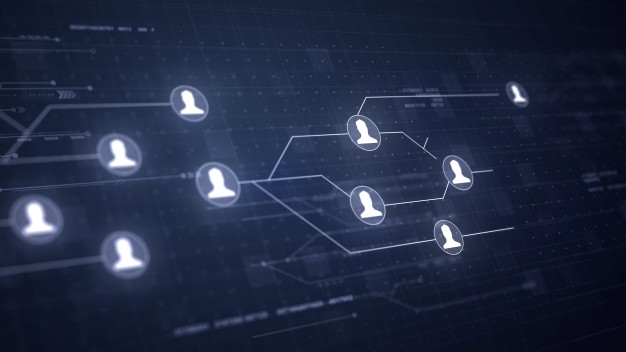Contents
Becoming data-driven is the critical technology strategy of many businesses worldwide. Companies all over the world regardless of their stream have integrated data as an essential part of their business process. In fact, most of the valuable companies in 2020 are dominantly technology companies that use data as ‘a mine of business knowledge’. With digital transformation happening around the world at a rapid phase, humongous amounts of data are shared daily across the world. This allows companies to acquire the most fruitful information and use it to optimize the business process. But according to a report by Bain & Company, only 4% of businesses make effective use of their data. So it is important to make a data-driven consumer strategy for a long-run goals.
One of the most important areas in which data can be skilfully employed is in predicting consumer behaviour and keeping them satisfied with your service. Now, what is meant by data-driven consumer strategy and how can you use it to improve your customer service. Here is how to devise a successful data-driven consumer strategy in 2020.
Create a task force
The most first step of devising a successful data-driven consumer strategy in 2020 is to gather the required talent to run the operation. A typical data team consists of a data scientist who has strong expertise in statistics, mathematics, machine learning, programming, and data visualization to name a few; a business analyst with experience in mapping data to business outcomes; a technician for setting up and maintaining hardware for data and processing.
Set your goals
Once you’ve assembled your data team you need to set your goals. Data has value only if you use it with a specific goal in mind or else it will just be another file with names and numbers in your hard drive. But this is where most businesses encounter problems because they make their goals too broad. So, the best way to express goals if you’re devising a data-driven consumer strategy is to utilize key performance indicators (KPIs). One of the most widely used KPIs is the customer lifetime value (CLV)- it is the net profit contribution of the customer to your business over time.
Data collection
Your next step is to collect and store consumer data in a convenient location so as it travels seamlessly in each stage of this process. There are many channels for gathering data. Some of the most common data collection methods include website activity, email correspondence with customers, contact lists, consumer purchase histories, etc. After you’ve collected the required data, you need to store it in a reliable location. You can either store it locally or you can use a cloud-based solution. Nowadays, cloud-based SaaS solutions are gaining popularity and they have loads of advantages over the traditional storage method. Innovators like Intone Networks follow the industry best practices in selecting, installing, and provisioning and managing cloud services, eventually designing a comprehensive cloud adoption strategy. They help enable businesses to upload, share, and recover data at a quick pace to achieve higher overall performance with their cloud enablement and transformation services.
Building customer profiles
Data comes in many different forms and they are not necessarily in a human-readable form. They require special tools and data experts to decode the data and use it effectively. This is where you extract ‘actionable data’. A customer profile is a basic instance of actionable data. You can organize, study, and gain actionable insights on your customer with their data. This allows you to segregate the customers based on the gained insight. For example, if a customer purchases a lot of products in a short span of time followed by a long period of no purchases. You can classify the customer as an impulse buyer. Impulse buyers tend to respond well to deals and promotions and thus in a similar way you can take steps to improve your customer experience.
Data-driven optimization
One of the important things you need to understand is that data is not a static quantity, it is a constantly running stream with a certain value that will grow obsolete over time. However, it will be overwritten by newer and more relevant data. This is why this whole process needs to be monitored and tested regularly. By closely monitoring your data and testing, you’ll know what translates well into business success and what is worth working with. This way you can optimize this whole process.
Data is more or less currency for the digital age. In a world where products and services are countless, customers have a variety of choices. Only the businesses that truly understand their customers will be successful today. This is why it is crucial to develop data-driven customer-centric strategies that directly translates into better business outcomes.
Intone’s data analytics team can help you with your data-driven customer strategy.

